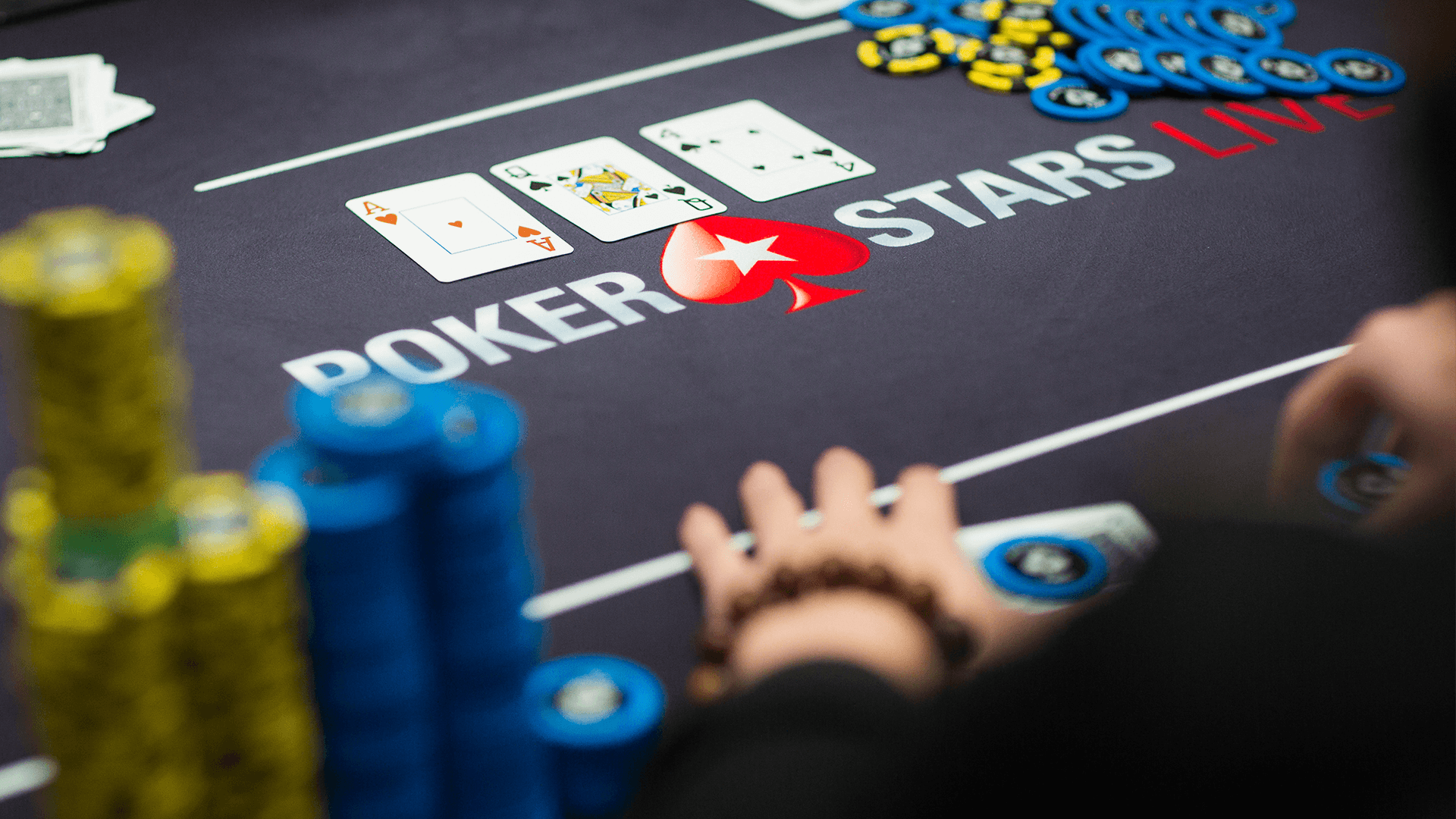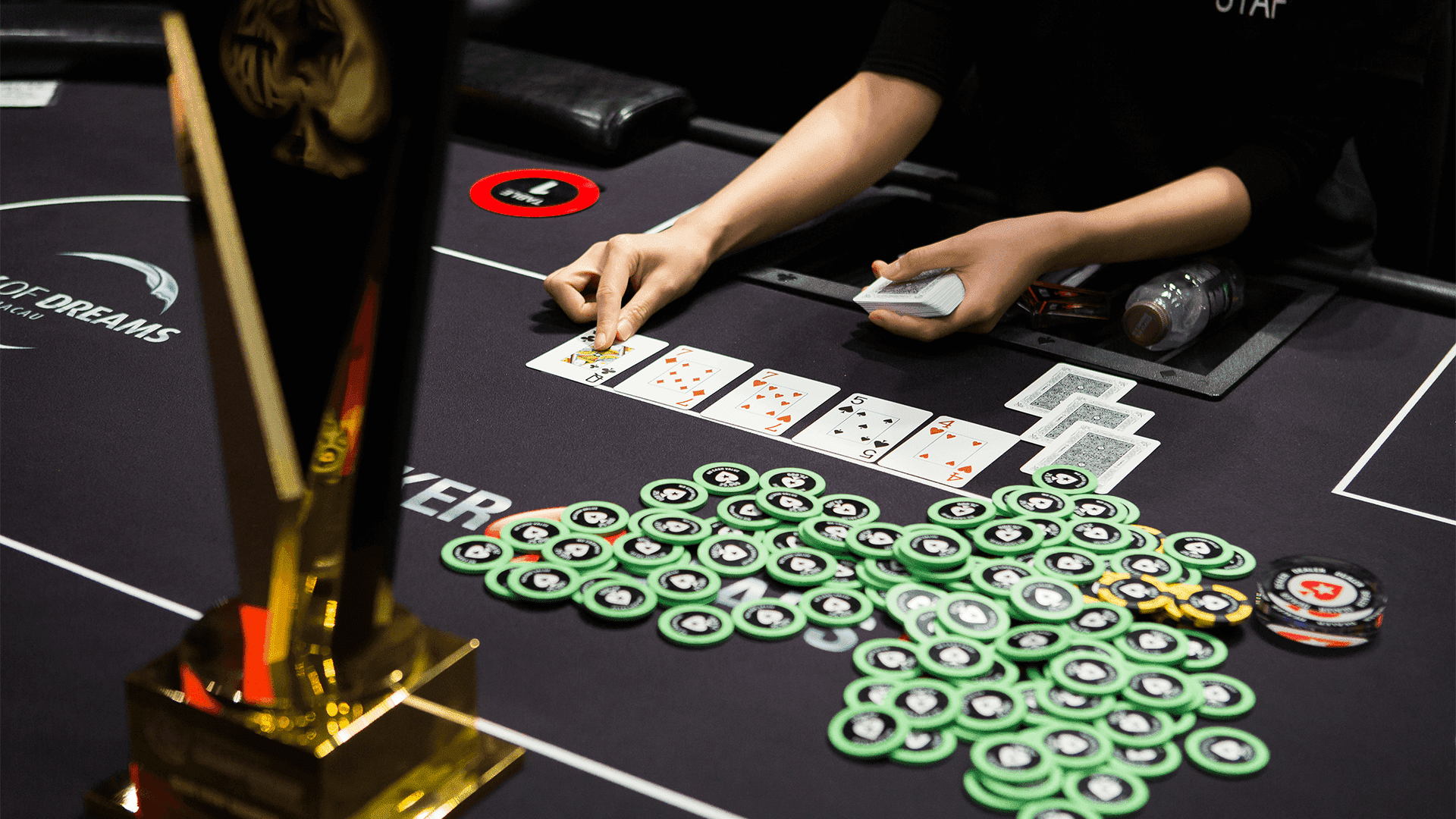Reading Flops
We saw in the previous lesson how a flop can change the strength of your hand, giving you either a made hand, a drawing hand or trash. But it is also important to remember that the community cards can be used by all your opponents, and the strength of their hands might also have changed significantly.
Although you cannot tell precisely what cards your opponents are holding, you can see the flop and measure the potential it could have to improve other hands. The ability to categorise the flop is a crucial skill for all players to learn; the structure of the flop will inform your subsequent decisions and affects how you might play your own hand.

The first distinction when looking at a flop is between so-called “dry” flops and draw heavy (or “wet”) flops. Dry boards offer no possible draws, while draw heavy flops, as the name suggests, contain a lot of draws.
Examples of dry boards:
A♠ 7♦ 2♣
3♣ 3♠ K♥
10♠ 2♥ 6♣
Examples of draw heavy boards:
10♦ 8♠ 7♠
A♣ Q♣ 10♦
5♠ 4♦ 6♣
In the first three “dry” flops, it is impossible for any player to have picked up a flush draw, or an open-ended straight draw. There are no connected cards on any of these flops, so you know that a player will either have a made hand or a trash hand at this point.
By contrast, the next three “wet” flops all have enormous amounts of potential. In the first instance (10♦ 8♠ 7♠ ) a player with two spades in the hole now has a flush draw, while any nine in a player’s hand gives him an open-ended straight draw. If a player has, say, A♠ 9♠ they have a straight and a flush draw, and are in a very strong position.
How Flops Influence Your Hands
Take a look at the examples below. This shows how the texture of the flop can affect the relative strength of your hand.
You hold A♠ K♦ in UTG1 and raise to 3 BB. Two player in late position call your bet.
Scenario 1: The flop comes A♥ 7♦ 3♣ which is a dry flop.
Scenario 2: The flop comes A♥ 10♦ 9♦ which is a wet flop that contains a lot of draws.
In both instances, you flop top pair top kicker, and should make a continuation bet but on only one board would you feel confident that your holding will remain strong through the turn and river to come.

You are also able to reduce your opponent’s range of hands much more effectively on the first board. There are no draws, so he must have also caught some of the flop to want to continue with the hand. In the second example, he could have any number of draws and could be calling your flop bet to improve on later streets.
The next lesson in this chapter shows how you should proceed after the flop, once you have decided how you think your own hand measures up against your opponents’. We will look at the differences between playing made hands and drawing hands in differing circumstances.